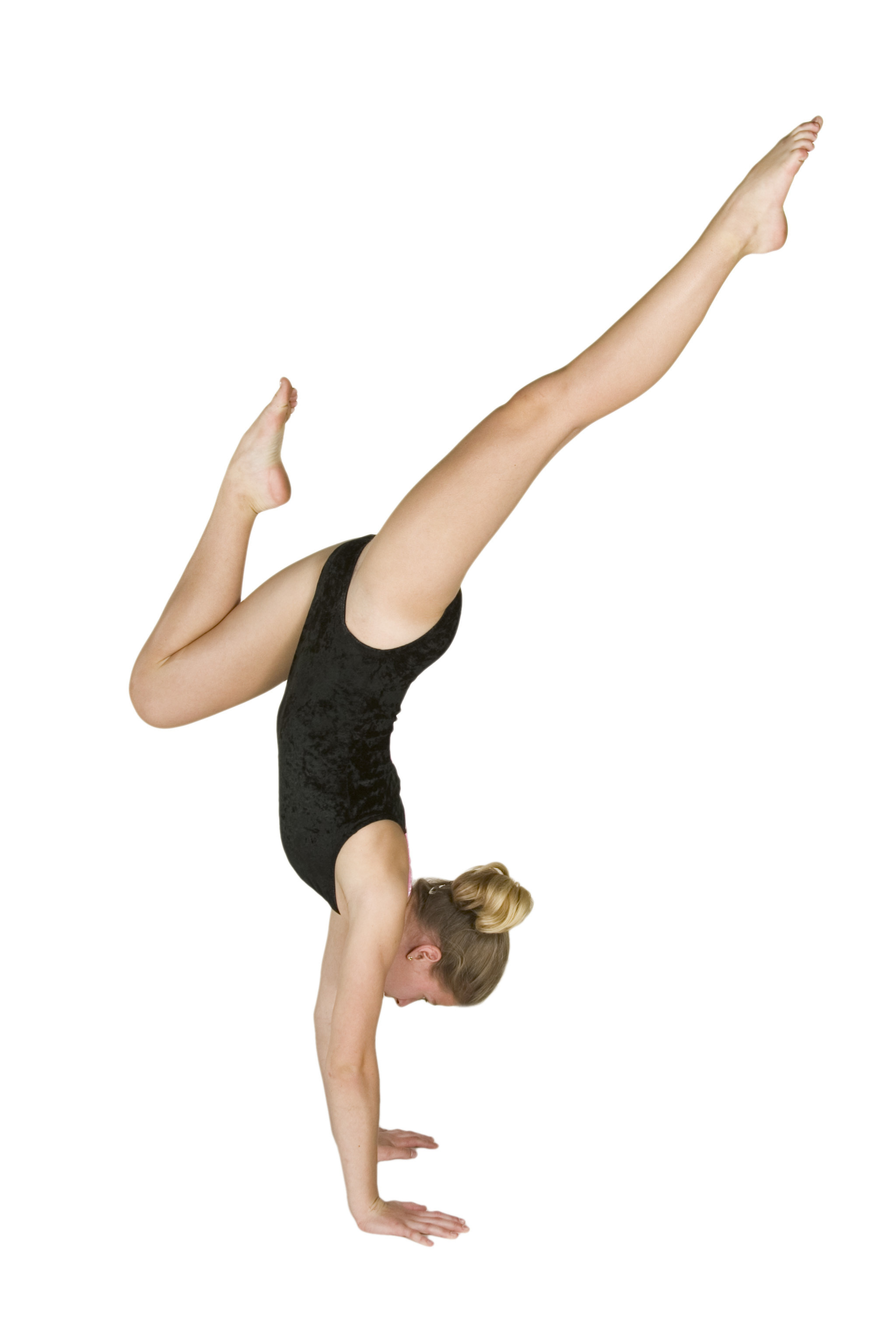What
Osteochondritis Dissecans of the capitellum certainly is a mouthful, so thankfully it’s sometimes referred to as OCD. OCD is an uncommon condition in adolescents and young adults that is expressed in lateral elbow pain. It’s most common in male baseball pitchers and female gymnasts. It is also seen in tennis players and other sports involving a racket. OCD is like Panner’s Disease except it occurs in teenagers between the ages of 12 and 20 and can be more serious.
Symptoms include the following in the elbow:
- Swelling
- Tenderness
- Pain
- Stiffness
- Inability to straighten the arm
- Soreness after exercise
If OCD goes undiagnosed and untreated, the elbow joint may become arthritic early in adulthood and the athlete may permanently not be able to fully straighten the elbow.
How
Osteochondritis is when the blood supply to a developing bone is disrupted, causing the tissue to die and the growth plate to deteriorate. The injured bone then cracks and might actually break off. This condition is called osteochondritis dissecans.
OCD affects the articular cartilage in the capitellum, the knob at the very end of the humerus bone in the arm. This cartilage is soft and smooth and prevents bones and joints from rubbing together and creating uncomfortable friction. It is soft enough to absorb shock, but durable enough to last a lifetime. However, if the cartilage is injured then it stops its function as a buffer between the joints. OCD injures the cartilage between the humerus and the ulna and radius, and it also affects the layer of bone right below the cartilage.
Why
According to orthopediatrics.com, “Only about 20 percent of kids with elbow OCD remember hurting their elbow. The remainder usually develop symptoms over time, which is typical with overuse problems.”
OCD is caused by repetitive trauma to the capitellum through sports that put repetitive stress on the elbow such as baseball, gymnastics, and tennis.
Recovery
Unlike Panner’s Disease, simple rest is not typically the recommended remedy for OCD. Your doctor may possibly prescribe some anti-inflammatory medication to reduce pain and swelling and suggest the application of ice after sporting activities. He may also recommend working with a physical therapist to improve flexibility and strength of the elbow and also work on form to decrease the strain on the elbow during sports.
If a piece of the bone is loose but still attached, all sports activities must stop until the pain entirely goes away, indicating that the bone has had time to heal itself.
Surgery may be needed for more severe cases—for example, if their elbow locks up, if the athlete can’t straighten it, or if the pain persists after long rest and physical therapy. A doctor may perform an elbow arthroscopy using a slender instrument with a TV camera on the end that is inserted into a small incision in the elbow. Dr. Skedros is an expert at elbow arthroscopy and could perform this procedure for you with limited stitches and a “mini-open” procedure.

